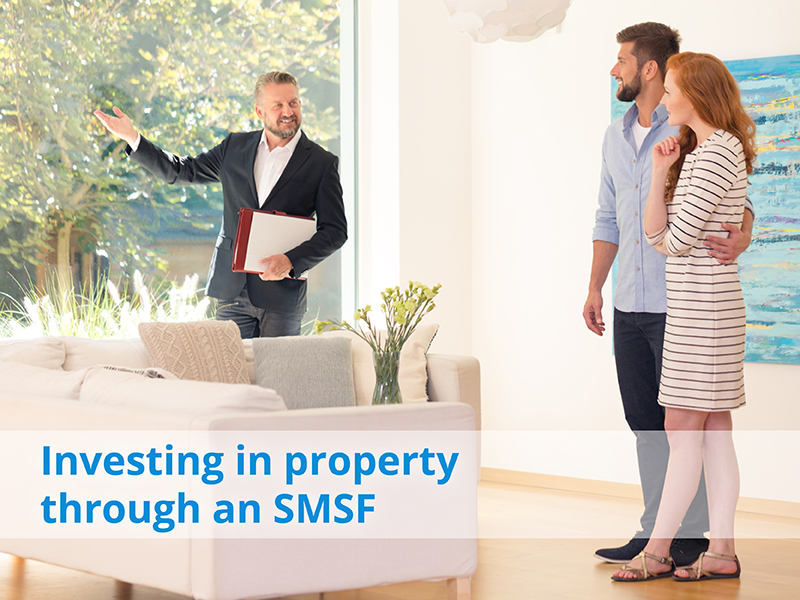
A self-managed super fund (SMSF) is a personal fund that allows you full control of how your super balance is invested.
In 2007, the Howard government legislated borrowing from third parties to fund the purchase of an investment property within a SMSF.
If you’re considering SMSF borrowing for investment property, you need to be aware that lenders are pulling out.
The door is closing quickly, so you may need to act fast…but not before you understand the full implications of this strategy.
SMSF Borrowing for Investment Property: Main benefit
The main benefit of SMSF borrowing for investment property is that you’re able to invest in a concessionally taxed environment.
This means that rental income is taxed at 15 percent and capital gains tax is reduced to 10 percent, if the property has been held for longer than 12 months by the time it’s sold.
First steps to taking advantage of this investment strategy
If you like the idea of this strategy, the first thing you should do is discuss it with your accountant or financial planner. They will help you determine whether investing through your SMSF is the most appropriate approach to property investment, based on your personal circumstances.
If you believe buying a property in your SMSF is the strategy, you’ll need to contact a specialist in this field.
This will likely be your accountant. They will help you set up your SMSF, provide you with the necessary paperwork, and prepare the documentation to roll over your existing super into your new SMSF.
Next step to borrowing for an investment property
Don’t get too carried away putting in offers on properties just yet. It can take months to roll over any existing super into your new SMSF.
Make sure you plan well ahead and build in the necessary time for this to happen.
If you’re going to need a loan to buy the property in your SMSF, your accountant will also need to establish a bare trust. This is the structure that holds the property and the associated loan.
The purpose of this trust is to allow a limited recourse borrowing arrangement (LRBA) to occur.
This means that, should anything go wrong, the bank will only have recourse over the investment property associated with the loan in your SMSF and none of the other assets held within it.
What property can you buy through your SMSF?
A number of rules need to be adhered to when buying residential investment property through your SMSF:
- The property must meet the ‘sole purpose test’ of solely providing retirement benefits to fund members
- The property must not be acquired from a related party of a member
- The property must not be lived in by a fund member or any fund members’ related parties
- The property must not be rented by a fund member or any fund members’ related parties.
It can be a house, apartment or townhouse, or any other type of property that a non-SMSF investor might consider.
How much can you borrow and what costs are involved?
The maximum borrowing within a SMSF is up to 80 per cent of the property value.
It’s important to take into consideration that there are costs associated with establishing and maintaining your SMSF, as well as subsequent fees and charges involved in the purchase of the investment property.
Act quickly – before the door closes!
Any investment needs to be carefully considered and planned for.
However, if you’re considering SMSF borrowing for investment property, then you might need to start the process quickly.
The door into lenders appears to be closing very fast. Over the past couple of months, they’ve been withdrawing at a rate of knots: Westpac, St George, CBA and AMP have all pulled out of this space and NAB and ANZ never really got into it in the first place.
Talk to one of our friendly staff on 02 9934 9735 or click here if you need to know more about financing a SMSF property loan.
